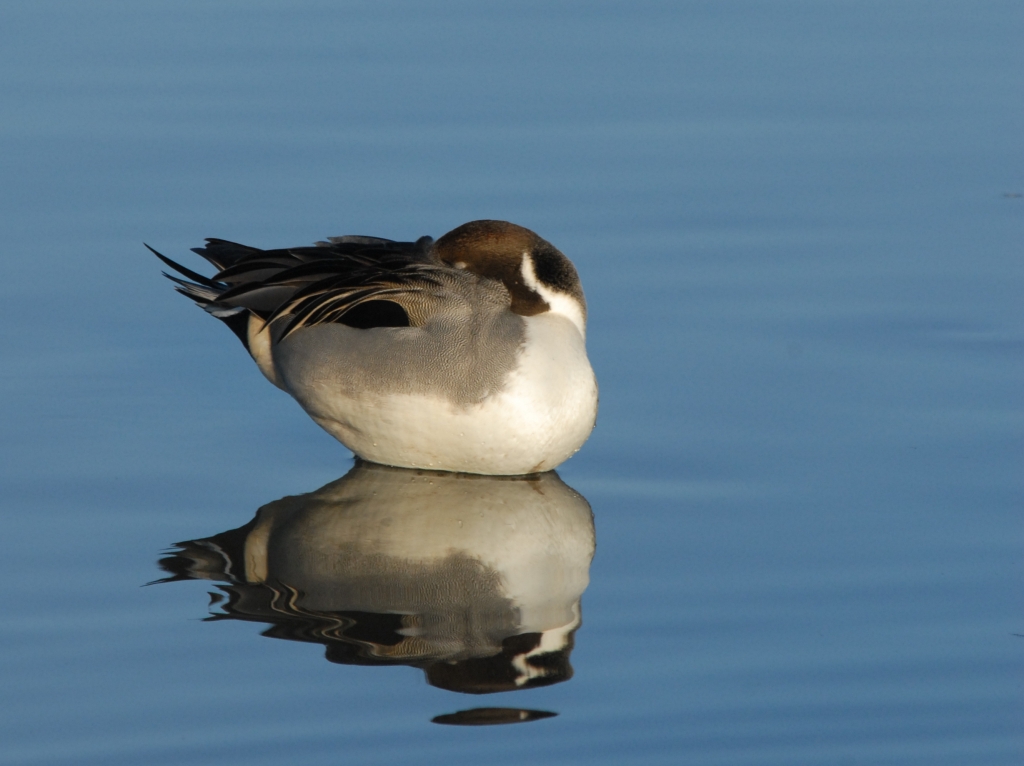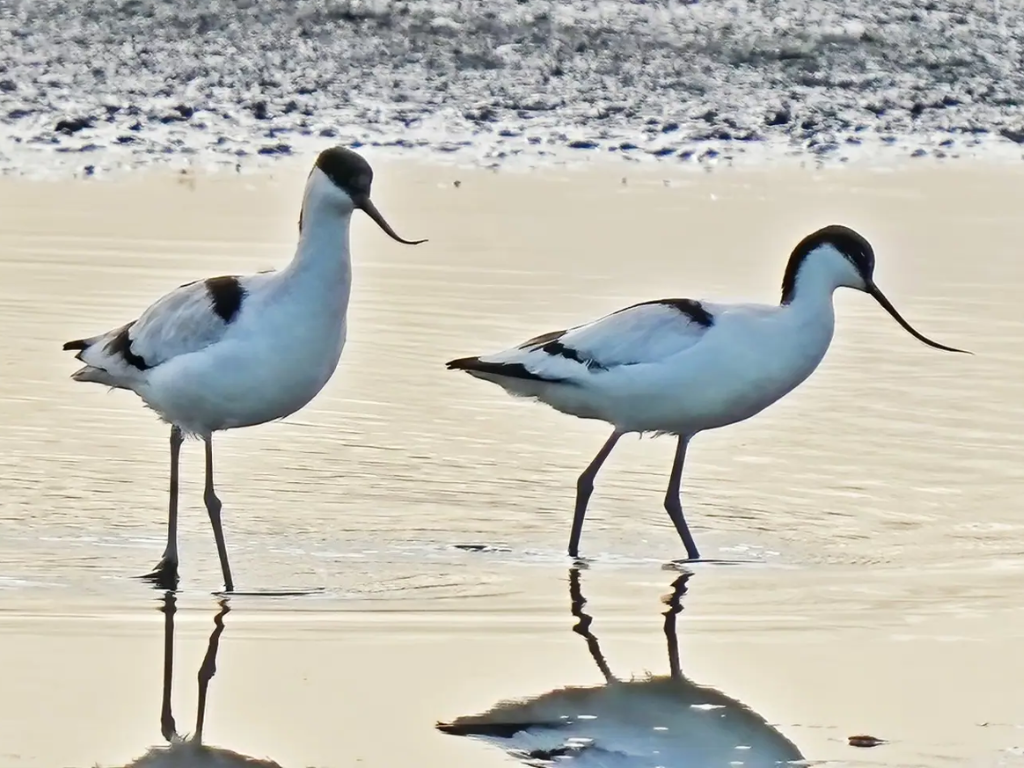Recent Sightings 22nd - 28th January
Weasel, Fox, Sparrowhawk
The tail end of January is finally here, marking the end of a surprisingly mild January with some bitingly cold mornings, cloudless skies, and starry nights.
This month has set us off with a spectacular start to 2022 with Glossy Ibis sightings, Red Kites gliding over the fields in the Millennium Wetlands, populations of Curlew and Lapwings reaching numbers in their 300's in the Saline Lagoon, Spoonbills at their peak, and passerines in abundance throughout the reserve.
On the topic of tails, it's important to make time for our reliable resident small mammals that live amongst the birds here in the reserve. No wetland is complete without the hidden building blocks that lurk beyond our plain sight, and sometimes the most important inhabitants here are ones that are barely seen or heard.
Bounding out from behind small rocks and log piles are our Weasels, who dart, roll, and climb through the undergrowth looking for food. Weasels are always smaller than first thought and they have a soft chestnut coloured coat of fur with a white underside and a short chestnut coloured tail. The tail colour is always chestnut and the outline of the white belly is rather varied and not in a straight line, whereas a Stoat is a lot bigger with a rather straight border of white where it meets the chestnut and always has a black tip to its tail.
Weasels, like many other mammalian predators in history, have gotten a bad reputation that is not particularly deserved and they're often being portrayed as evil characters or bandits of sorts. But Weasels like any other predator are making ends meet, and I guarantee an encounter with these charming creatures is enough to change many mindsets.
A sign of a Weasel is a sign of a healthy population of small rodents which can in turn support a healthy number of birds of prey, so it's worth taking time to creep up near any stone piles, log piles, or small rocks, to see who is darting around.
Everywhere on the reserve from the Millennium Wetlands to the Saline Lagoon, we've had many foxes trotting through the brush or springing into reed beds when disturbed. They are another indicator of healthy prey species like rabbits, birds, and rodents, but also berries, fruit, and nuts as they're omnivorous.
The abundance of resources here is evident through the Foxes' coats as they're bright orange, extremely full, and very clean, which also implies that they're comfortable enough in the local area to groom and clean themselves. Wherever you are on the reserve, you're likely never to be far from these crucial and spectacular predators.
To finalise this week we return to our aerial predators, and it would be difficult to not mention the Sparrowhawk.
The Sparrowhawk is an accurate and calculated predator, darting through woodland and navigating with ease to hammer into unsuspecting prey. A female Sparrowhawk was spotted yesterday on the pond walk, where she zipped in between trees and landed on the boardwalk briefly, and scanned across the pond nearby. The Sparrowhawks are sighted all across the Millennium Wetlands and even along the Saline Lagoon, where they fly low and fast through a preferred route. The males are smaller than the females and have a rusty red chest with a grey-blue wings and cap, whereas the females have the textbook grey and white banded chest. Although it may be difficult to catch the colouring as it zips by, sometimes the sparrowhawk glides high above with a quick flap and a glide, and is only slightly larger than a Kestrel.
Therefore there's plenty out on the reserve, from cheeky small mammals to our glorious foxes, right down to our swift sparrowhawks.
We've also consistent numbers of Lapwing, Curlew, Black Tailed Godwit, Redshank, Little Egrets, Shoveler, Gadwall, Tufted Duck, Little Grebe and Shelduck to be seen all across the reserve.


